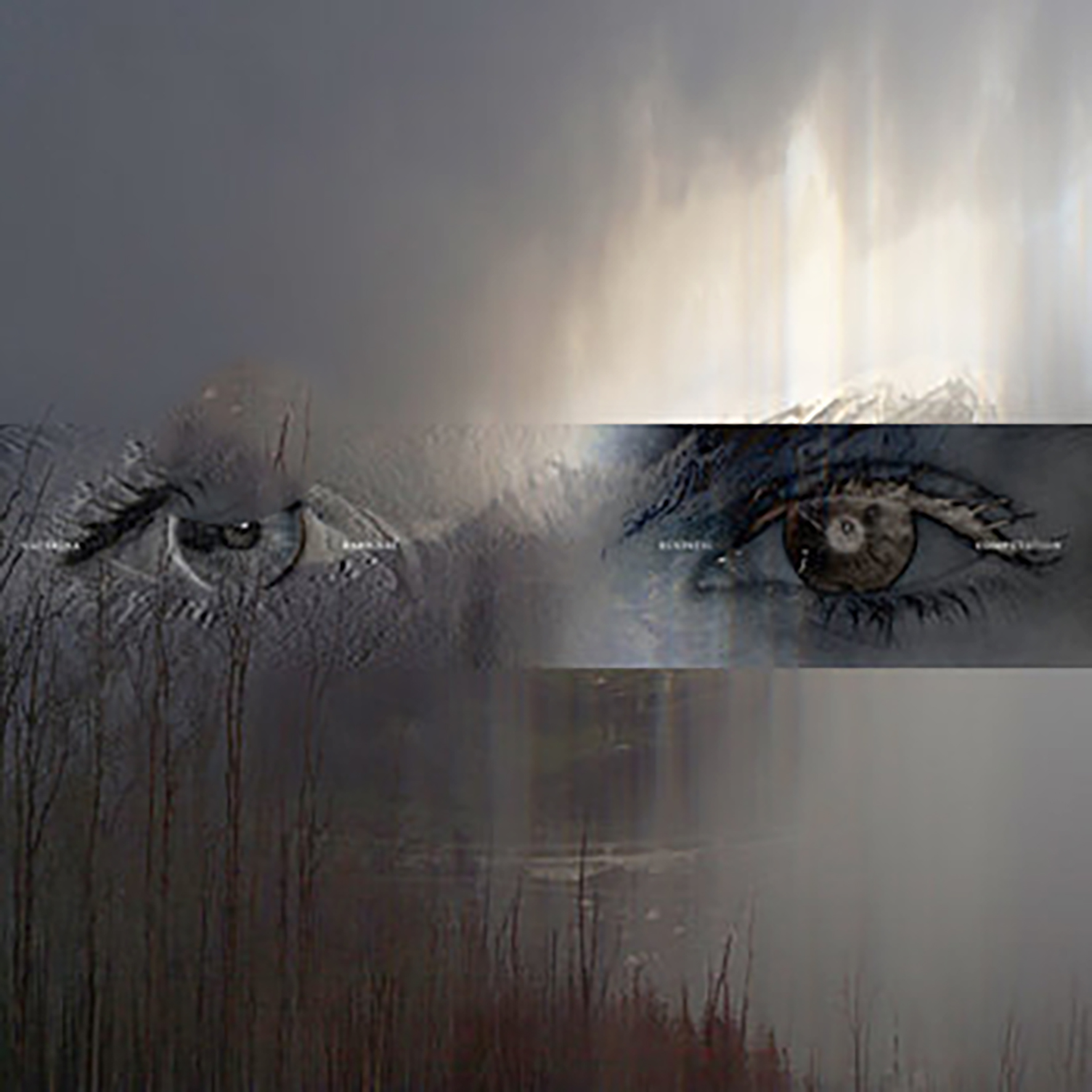 This Italian synth visionary made quite a spectacular impression with 2017's Patterns of Consciousness and now makes her Editions Mego debut with its proper follow-up. To some degree, Barbieri picks up exactly where she left off, as Ecstatic Computation shares its predecessor's masterfully executed conceptual conceit: using subtle shifts in obsessively repeating patterns to achieve a trancelike and hallucinatory effect. Given both that objective and Barbieri's singular compositional rigor, Ecstatic Computation bears little resemblance at all to the work of other synth artists, but it also sounds quite different from the sprawling and sometimes overwhelming Patterns of Consciousness as well. While it is hard to pick a favorite between the two albums, this one is definitely the more accessible, as Barbieri has distilled her vision into a much more concise and focused presentation. This album is also quite a bit more varied and unpredictable, as Barbieri occasionally allows the machine-like precision of these pieces to careen off the rails and unleash a glorious and vivid shower of sparks.
This Italian synth visionary made quite a spectacular impression with 2017's Patterns of Consciousness and now makes her Editions Mego debut with its proper follow-up. To some degree, Barbieri picks up exactly where she left off, as Ecstatic Computation shares its predecessor's masterfully executed conceptual conceit: using subtle shifts in obsessively repeating patterns to achieve a trancelike and hallucinatory effect. Given both that objective and Barbieri's singular compositional rigor, Ecstatic Computation bears little resemblance at all to the work of other synth artists, but it also sounds quite different from the sprawling and sometimes overwhelming Patterns of Consciousness as well. While it is hard to pick a favorite between the two albums, this one is definitely the more accessible, as Barbieri has distilled her vision into a much more concise and focused presentation. This album is also quite a bit more varied and unpredictable, as Barbieri occasionally allows the machine-like precision of these pieces to careen off the rails and unleash a glorious and vivid shower of sparks.
Hotter than July. This week's episode has plenty of fresh new music by Marie Davidson, Kim Gordon, Mabe Fratti, Guided By Voices, Holy Tongue meets Shackleton, Softcult, Terence Fixmer, Alan Licht, pigbaby, and Eiko Ishibashi, plus some vault goodies from Bombay S Jayashri and Pete Namlook & Richie Hawtin. Solstice moon in West Midlands, UK photo by James. Get involved: subscribe, review, rate, share with your friends, send images! |



 I almost slept on this unexpectedly incendiary delight, as it deceptively seemed like just another solid drone album based on my initial and brief exposure to it. Then I noticed that Anna von Hausswolff had described it as "This is just.... wow." Given that she does not seem at all like the sort to be floored easily, I revisited A Meditation of Discord for a proper listen. I found myself sharing her sentiment by the end of the opening "Premonition," as Paul and his violin unleash a slow-burning and breathtaking one-man apocalypse in real time. To some degree, it is undeniably Paul's masterful live loop manipulation that makes that piece such a beguiling and impressive feat, but even if he had a full band and a limitless studio budget at his disposal,
I almost slept on this unexpectedly incendiary delight, as it deceptively seemed like just another solid drone album based on my initial and brief exposure to it. Then I noticed that Anna von Hausswolff had described it as "This is just.... wow." Given that she does not seem at all like the sort to be floored easily, I revisited A Meditation of Discord for a proper listen. I found myself sharing her sentiment by the end of the opening "Premonition," as Paul and his violin unleash a slow-burning and breathtaking one-man apocalypse in real time. To some degree, it is undeniably Paul's masterful live loop manipulation that makes that piece such a beguiling and impressive feat, but even if he had a full band and a limitless studio budget at his disposal,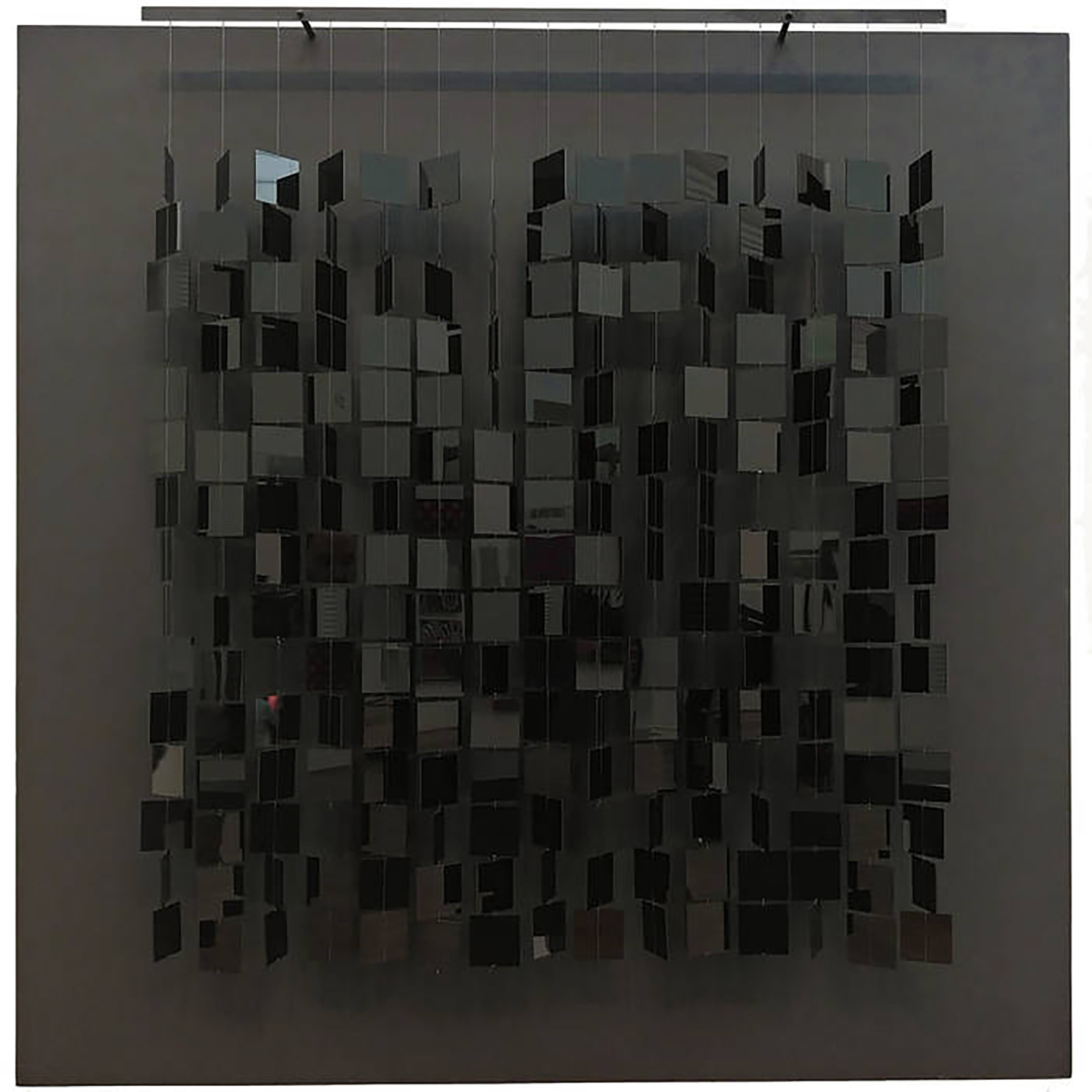 In the early 2000s, Keith Fullerton Whitman parted ways with his Hrvatski moniker and started recording more ambient-minded work under his own name. His first major release in that vein was 2002's Playthroughs (Kranky), an album that is fairly universally acknowledged as a classic of the genre. While I have no argument at all with Playthroughs' status as A Crucial Ambient Album, it is a bit more than that as well, as Whitman devised quite a fascinating and radical compositional approach for the album. Trying to comprehend the actual specifics of the process makes my synapses fizzle and smoke, but the gist is that he fed his guitar into a system of effects and software that produced a completely transformed beast that expanded, evolved, and reshaped with a mind of its own. Being a restlessly creative sort, Whitman soon moved on to other experiments, but he has been periodically revisiting that early system over the last decade with the benefit of newer software. The aptly named Late Playthroughs documents a divergent pair of live resurrections of that set-up dating from last year. Given the uncut, live nature of these pieces, this album is not quite as focused and sharply realized as the original, but it often does a beautiful job of both recapturing that magic and stretching the original aesthetic into stranger, darker terrain.
In the early 2000s, Keith Fullerton Whitman parted ways with his Hrvatski moniker and started recording more ambient-minded work under his own name. His first major release in that vein was 2002's Playthroughs (Kranky), an album that is fairly universally acknowledged as a classic of the genre. While I have no argument at all with Playthroughs' status as A Crucial Ambient Album, it is a bit more than that as well, as Whitman devised quite a fascinating and radical compositional approach for the album. Trying to comprehend the actual specifics of the process makes my synapses fizzle and smoke, but the gist is that he fed his guitar into a system of effects and software that produced a completely transformed beast that expanded, evolved, and reshaped with a mind of its own. Being a restlessly creative sort, Whitman soon moved on to other experiments, but he has been periodically revisiting that early system over the last decade with the benefit of newer software. The aptly named Late Playthroughs documents a divergent pair of live resurrections of that set-up dating from last year. Given the uncut, live nature of these pieces, this album is not quite as focused and sharply realized as the original, but it often does a beautiful job of both recapturing that magic and stretching the original aesthetic into stranger, darker terrain. Argentinian trio Reynols are perhaps one of the most baffling and unabashedly unique artists to arise from the tape/noise underground scene of the past 20 years. Their recorded output has run the gamut of psychedelic rock, pure noise, heavily conceptual works (such as a processed field recording of chickens), and so much more. With the bulk of their work confined to ultra limited cassettes and CDRs, this beautiful collection of six CDs and a DVD, along with extensive liner notes makes for a perfect starting point of collaborations, two unreleased albums, and a slew of unreleased and rare songs.
Argentinian trio Reynols are perhaps one of the most baffling and unabashedly unique artists to arise from the tape/noise underground scene of the past 20 years. Their recorded output has run the gamut of psychedelic rock, pure noise, heavily conceptual works (such as a processed field recording of chickens), and so much more. With the bulk of their work confined to ultra limited cassettes and CDRs, this beautiful collection of six CDs and a DVD, along with extensive liner notes makes for a perfect starting point of collaborations, two unreleased albums, and a slew of unreleased and rare songs. One of the many, many things that I feel vaguely and irrationally guilty about on a daily basis is my failure to take a deep plunge into the Editions Mego-curated Recollection GRM series, as there was a period in my life where I was extremely interested in classic musique concrète and was maddeningly unable to find much of it. Consequently, this series would have been an absolute revelation for me back then. Unfortunately, my passion for early electronic music is considerably diminished these days, as my historical curiosity has long since been sated and a lot of very important pieces have not aged particularly well. That said, there are some pieces that have aged quite well indeed and there are always some long-forgotten gems that have eluded me. This, the third Luc Ferrari release in the series, is one of those very pleasant surprises, resurrecting two lengthy tape pieces that range from playfully anarchic to enigmatically seductive.
One of the many, many things that I feel vaguely and irrationally guilty about on a daily basis is my failure to take a deep plunge into the Editions Mego-curated Recollection GRM series, as there was a period in my life where I was extremely interested in classic musique concrète and was maddeningly unable to find much of it. Consequently, this series would have been an absolute revelation for me back then. Unfortunately, my passion for early electronic music is considerably diminished these days, as my historical curiosity has long since been sated and a lot of very important pieces have not aged particularly well. That said, there are some pieces that have aged quite well indeed and there are always some long-forgotten gems that have eluded me. This, the third Luc Ferrari release in the series, is one of those very pleasant surprises, resurrecting two lengthy tape pieces that range from playfully anarchic to enigmatically seductive.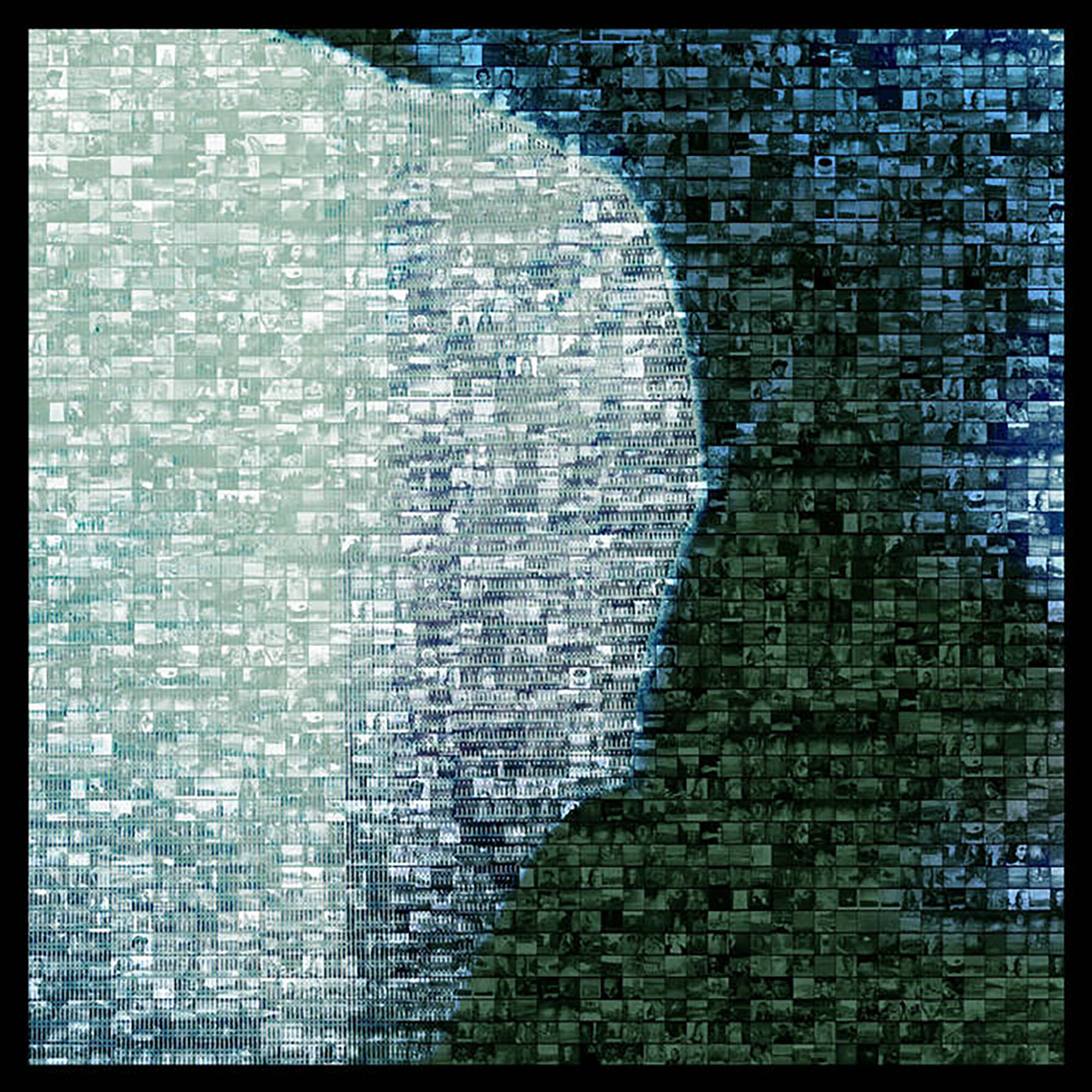 I am embarrassed to say that I naively thought last year's stellar split with Wayne Robert Thomas might be the dawning of a new era, as Dunn's "The Searchers" was a brilliantly distilled masterpiece of focused, sublime beauty. While there is at least one piece on this latest release that attains a similar degree of dazzling, dreamlike perfection, Dunn's flair for grand gestures has returned with a vengeance for From Here To Eternity (an album that is every bit as characteristically infinite as it is characteristically sad). On one level, I dearly wish Dunn would stop burying his brightest moments in overwhelming double- or triple-album avalanches of ambient drone. On another, however, the sprawling scope of this album offers its own pleasures, as immersing myself into a three-hour reverie of billowing, soft-focus suspended animation is quite a quietly lovely and meditative way to spend an afternoon. To Dunn's great credit, however, there are also some menacing spectres of unexpected violence and dissonance lurking within his fog of drones, revealing that the seeming tranquility is a fragile veneer that conceals simmering tensions and enigmatic depths.
I am embarrassed to say that I naively thought last year's stellar split with Wayne Robert Thomas might be the dawning of a new era, as Dunn's "The Searchers" was a brilliantly distilled masterpiece of focused, sublime beauty. While there is at least one piece on this latest release that attains a similar degree of dazzling, dreamlike perfection, Dunn's flair for grand gestures has returned with a vengeance for From Here To Eternity (an album that is every bit as characteristically infinite as it is characteristically sad). On one level, I dearly wish Dunn would stop burying his brightest moments in overwhelming double- or triple-album avalanches of ambient drone. On another, however, the sprawling scope of this album offers its own pleasures, as immersing myself into a three-hour reverie of billowing, soft-focus suspended animation is quite a quietly lovely and meditative way to spend an afternoon. To Dunn's great credit, however, there are also some menacing spectres of unexpected violence and dissonance lurking within his fog of drones, revealing that the seeming tranquility is a fragile veneer that conceals simmering tensions and enigmatic depths.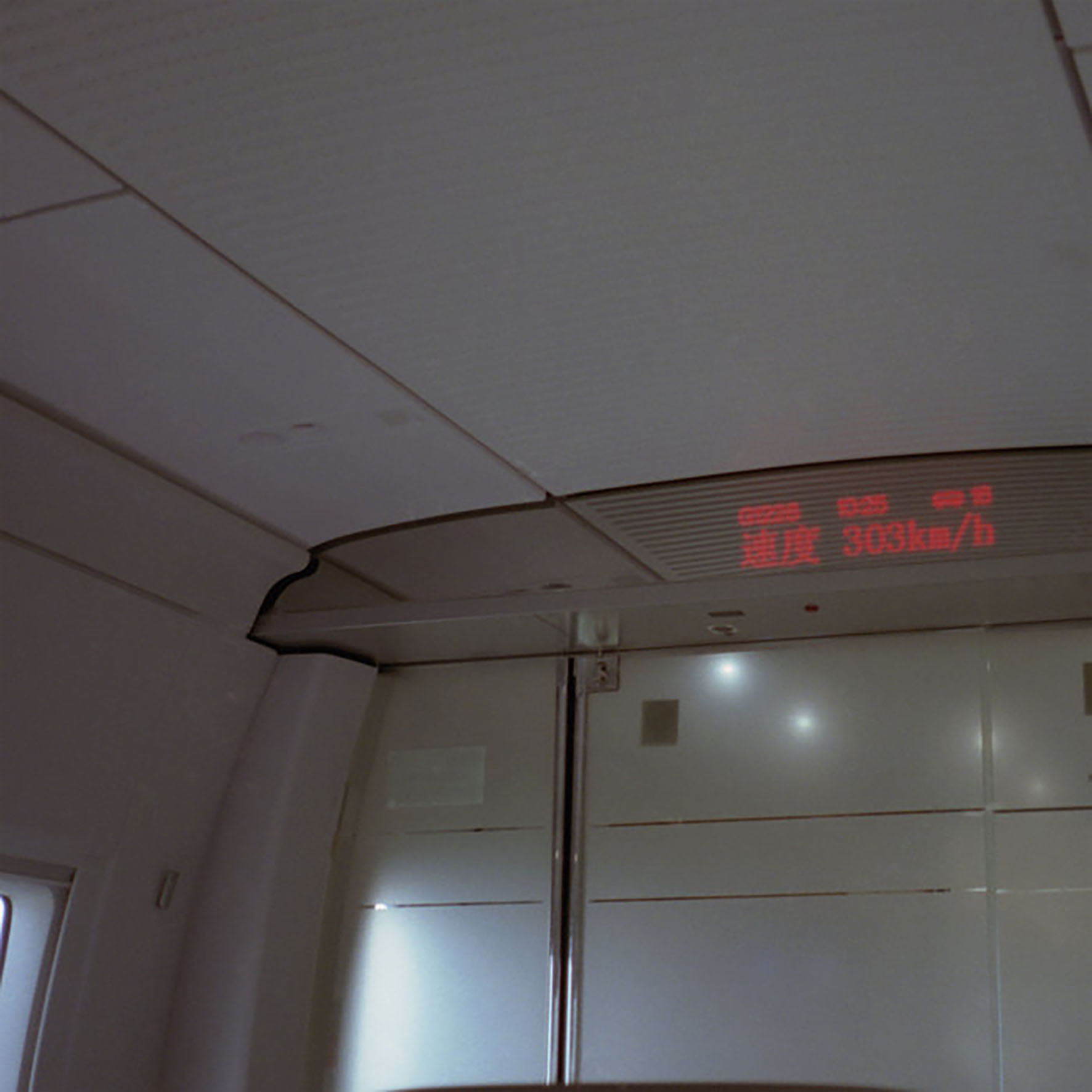 It would be great if there was some simple way for casual Celer fans like myself to easily distinguish Will Long's major statements from the ceaseless flow of minor releases, but there seem to be glaring exceptions to every system that I have attempted to devise. In the case of Xièxie, however, Long helpfully took the guesswork out of the matter, as this might be the most heavily promoted album that he has ever released. Happily, his instincts have proven to be well-founded, as Xièxie definitely ranks among the upper tier of his overwhelming oeuvre. I would probably stop short of calling it a start-to-finish masterpiece or my personal favorite Celer album, but I would be hard-pressed to think of anyone else churning out ambient/drone music as enveloping and sublimely lovely as Xièxie's bookends.
It would be great if there was some simple way for casual Celer fans like myself to easily distinguish Will Long's major statements from the ceaseless flow of minor releases, but there seem to be glaring exceptions to every system that I have attempted to devise. In the case of Xièxie, however, Long helpfully took the guesswork out of the matter, as this might be the most heavily promoted album that he has ever released. Happily, his instincts have proven to be well-founded, as Xièxie definitely ranks among the upper tier of his overwhelming oeuvre. I would probably stop short of calling it a start-to-finish masterpiece or my personal favorite Celer album, but I would be hard-pressed to think of anyone else churning out ambient/drone music as enveloping and sublimely lovely as Xièxie's bookends.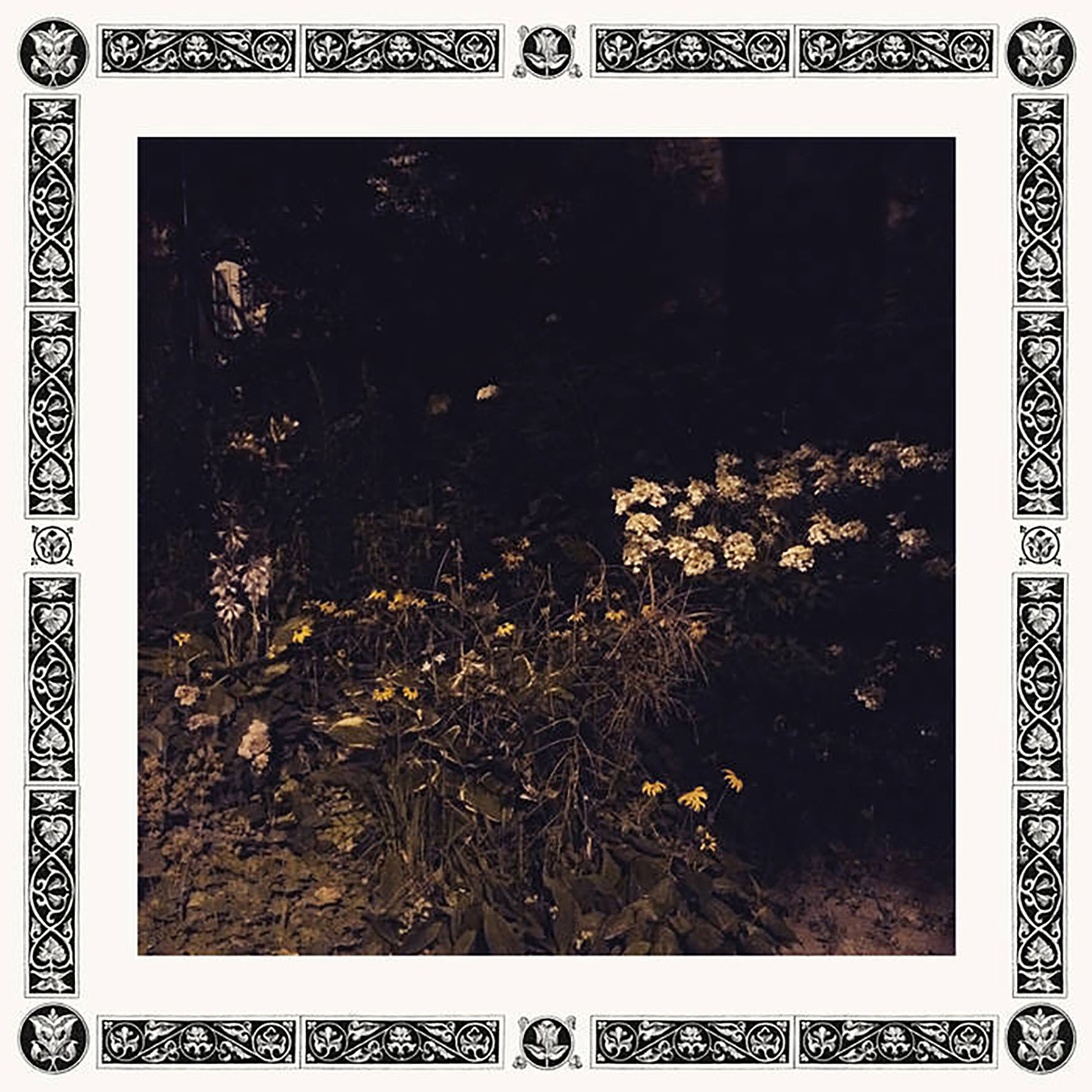 Sarah Davachi’s tireless campaign to subvert expectations with each fresh release shows no signs of slowing down, as the label-hopping composer's latest opus partially revisits her formative years as an aspiring pianist. While it would be fair to characterize Pale Bloom as "neo-classical" and a logical progression from 2018's Gave in Rest, Davachi has never been content with pastiche, reverent homage, or returning to previously covered territory. Instead, she seems like an artist increasingly unfixed in time, drawing from the past to give her forward-thinking experiments in harmonies and overtones a foundation that feels temporally ambiguous and self-assuredly independent of contemporary music trends. While there is not any particular piece on Pale Bloom that makes it tower above any of its predecessors, it is unquestionably a uniformly strong collection of new work that studiously avoids the familiar and hints at intriguing new directions to come.
Sarah Davachi’s tireless campaign to subvert expectations with each fresh release shows no signs of slowing down, as the label-hopping composer's latest opus partially revisits her formative years as an aspiring pianist. While it would be fair to characterize Pale Bloom as "neo-classical" and a logical progression from 2018's Gave in Rest, Davachi has never been content with pastiche, reverent homage, or returning to previously covered territory. Instead, she seems like an artist increasingly unfixed in time, drawing from the past to give her forward-thinking experiments in harmonies and overtones a foundation that feels temporally ambiguous and self-assuredly independent of contemporary music trends. While there is not any particular piece on Pale Bloom that makes it tower above any of its predecessors, it is unquestionably a uniformly strong collection of new work that studiously avoids the familiar and hints at intriguing new directions to come. My fascination with the Sublime Frequencies and Nonesuch Explorer labels goes back many years, but it has been quite a long time since I have been properly floored by a revelatory feat of ethnological scavenging or scholarship. I was starting to worry that my ears had lost their capacity for wonder until this 2017 gem from France’s eclectic Akuphone label belatedly crossed my path. Unsurprisingly, the compiler (Vincenzo Della Ratta) previously surfaced on SF with 2016’s Kwangkay: Funerary Music Of The Dayak Benuaq Of Borneo and this album returns to a similar theme, swapping out the funeral music of Borneo for that of Bali. Only part of this album covers field recordings of Balinese funerals, however, as the other half is culled from some truly visceral and mesmerizing rehearsal space recordings of the more contemporary and visionary Dharma Shanti Orchestra. Both sides have certainly their appeal, but it is exclusively the Dharma Shanti material that makes the leap from "this is interesting and unique traditional music" to "this is what I desperately want the music of the future to sound like."
My fascination with the Sublime Frequencies and Nonesuch Explorer labels goes back many years, but it has been quite a long time since I have been properly floored by a revelatory feat of ethnological scavenging or scholarship. I was starting to worry that my ears had lost their capacity for wonder until this 2017 gem from France’s eclectic Akuphone label belatedly crossed my path. Unsurprisingly, the compiler (Vincenzo Della Ratta) previously surfaced on SF with 2016’s Kwangkay: Funerary Music Of The Dayak Benuaq Of Borneo and this album returns to a similar theme, swapping out the funeral music of Borneo for that of Bali. Only part of this album covers field recordings of Balinese funerals, however, as the other half is culled from some truly visceral and mesmerizing rehearsal space recordings of the more contemporary and visionary Dharma Shanti Orchestra. Both sides have certainly their appeal, but it is exclusively the Dharma Shanti material that makes the leap from "this is interesting and unique traditional music" to "this is what I desperately want the music of the future to sound like."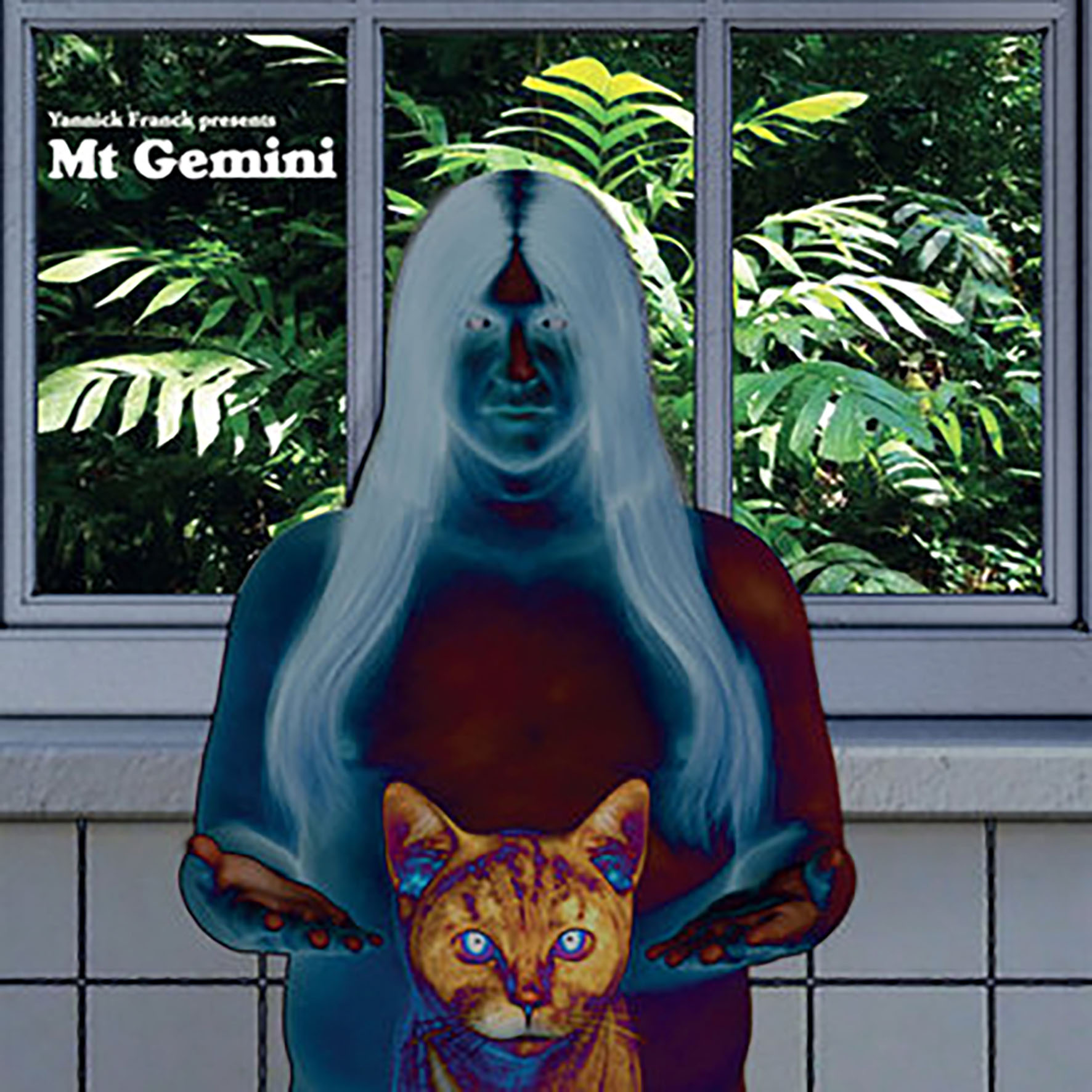 Jamaican-style dub music has been around for more than half a century at this point, yet new artists continue to emerge who miraculously find new ways to twist and evolve upon the form. The latest example of that phenomenon comes in the shape of this new project from Orphan Swords' Yannick Franck, who ingeniously carves up vintage ska, rocksteady, and skinhead reggae to yield a suite of wonderfully soulful and hallucinatory collages. In some ways, The Caretaker is perversely the closest kindred spirit here, as Franck is a similarly "outsider" deconstructionist: he does not have a treasure trove of master tapes from legendary Kingston studios that would enable him to easily isolate a bassline or vocal melody, yet he inventively turns that disadvantage into an asset. In transforming whole cloth recordings into something of his own, Franck has created something that bears almost zero structural similarity to traditional dub or reggae, but manages to translate its core essence into challenging and playfully experimental abstract art. When he hits the mark just right, the results can be quite brilliant.
Jamaican-style dub music has been around for more than half a century at this point, yet new artists continue to emerge who miraculously find new ways to twist and evolve upon the form. The latest example of that phenomenon comes in the shape of this new project from Orphan Swords' Yannick Franck, who ingeniously carves up vintage ska, rocksteady, and skinhead reggae to yield a suite of wonderfully soulful and hallucinatory collages. In some ways, The Caretaker is perversely the closest kindred spirit here, as Franck is a similarly "outsider" deconstructionist: he does not have a treasure trove of master tapes from legendary Kingston studios that would enable him to easily isolate a bassline or vocal melody, yet he inventively turns that disadvantage into an asset. In transforming whole cloth recordings into something of his own, Franck has created something that bears almost zero structural similarity to traditional dub or reggae, but manages to translate its core essence into challenging and playfully experimental abstract art. When he hits the mark just right, the results can be quite brilliant.
